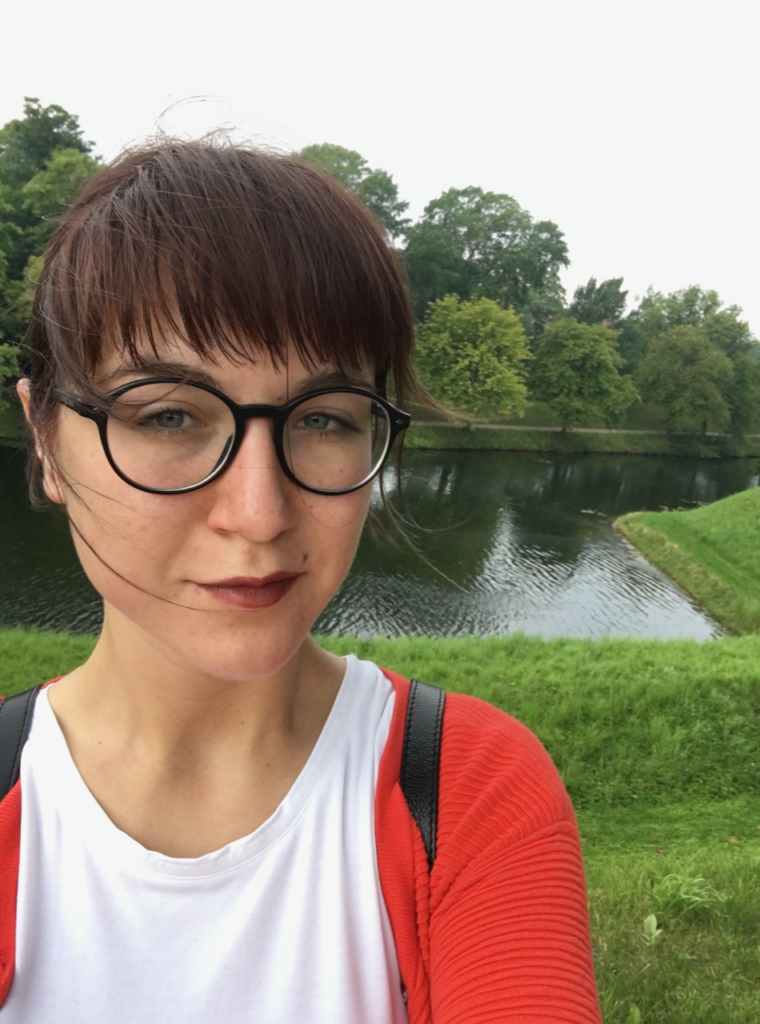The Invisible Politics Of Community Radio

Abstract
In 2017, the European Broadcasting Union’s study revealed radio to be the most trusted information medium in twenty-one European countries (European Broadcasting Union 2017). Such resilience over almost a hundred years of radio suggests it not only being a versatile medium but also offering the potential for alternative approaches to notions of trust and civic participation via media.
This paper, based on several interviews with community radio hosts in Budapest, delves into ways music radio exhibits forms of citizenship (Mouffe, 1992). By investigating how both radio hosts and listeners use both online and/or FM radios to participate in the social and cultural life of the city, it conceptualizes community radio stations as a potential contemporary forum for voicing public imaginations.
It then continues to highlight the playful approach used by radios in question to mock and challenge the socio-political status quo. Recognizing the politically saturated context of contemporary Hungary, such Dadaistic philosophy becomes a tool for the radio-related music scenes to navigate their presence, and thus reflect on their existence within and outside the city. It does, at the same time, focus on music and fun in order to challenge the politically saturated soundscape by highlighting “the importance of the small thing” (Toth, 2019). To understand such community interactions with and through radio music, the work considers radio both a physical and virtual hub (Kiwan and Meinhof, 2001) and an ephemeral actor (Latour, 2005).
Finally, it questions how radio’s invisible presence can play a role in building public representations. By investigating the trust of a potentially a less forceful and a multipurpose information provider (Starkey 2017), this work suggests radio can offer a citizen an alternative to the passive spectatorship mode of participation (Debord, 1983), and thus provide spaces for new forms of social activism (Dunbar-Hester 2009).
Debord, Guy. 1983. “Society of the Spectacle” Detroit, Black & Red.
Dunbar-Hester, Christina. 2009. “Free the spectrum! Activist encounters with old and new media technology.” New Media & Society 221-240.
European Broadcasting Union (EBU). 2017. “Market Insights: Trust In Media 2017”. Publication, Media Intelligence Service.
Latour, Bruno. 2005. “Reassembling the Social: An Introduction to Actor-Network-Theory:. Oxford, Oxford UP.
Mouffe, Chantal. 1992. “Democratic citizenship and the political community.” Dimensions of radical democracy: Pluralism, citizenship, community 225-239.
Starkey, Guy. 2017. “Radio: The resilient medium in today’s increasingly diverse multiplatform media environment.” Convergence: The International Journal of Research into New Media Technologies 660–670.
Tóth, S. (2019, September 19). Tilos. (I. Gudaitytė, Interviewer)
Bio
Ieva Gudaitytė has graduated from the University of Edinburgh in 2018 with the work „Borders of Fun: Decoding Rock Tradition in Soviet Lithuania, which explores how Western popular culture was perceived across the Iron Curtain and, in turn, affected the formation of the new cultural imaginaries. The work has been presented in EUPOP in Prague and IASPM AUS-NZ branch conferences in 2018. She is currently finished her MA in Music Studies at the University of Amsterdam and continues to explore ties between popular music, politics and technology in Eastern European contexts.
